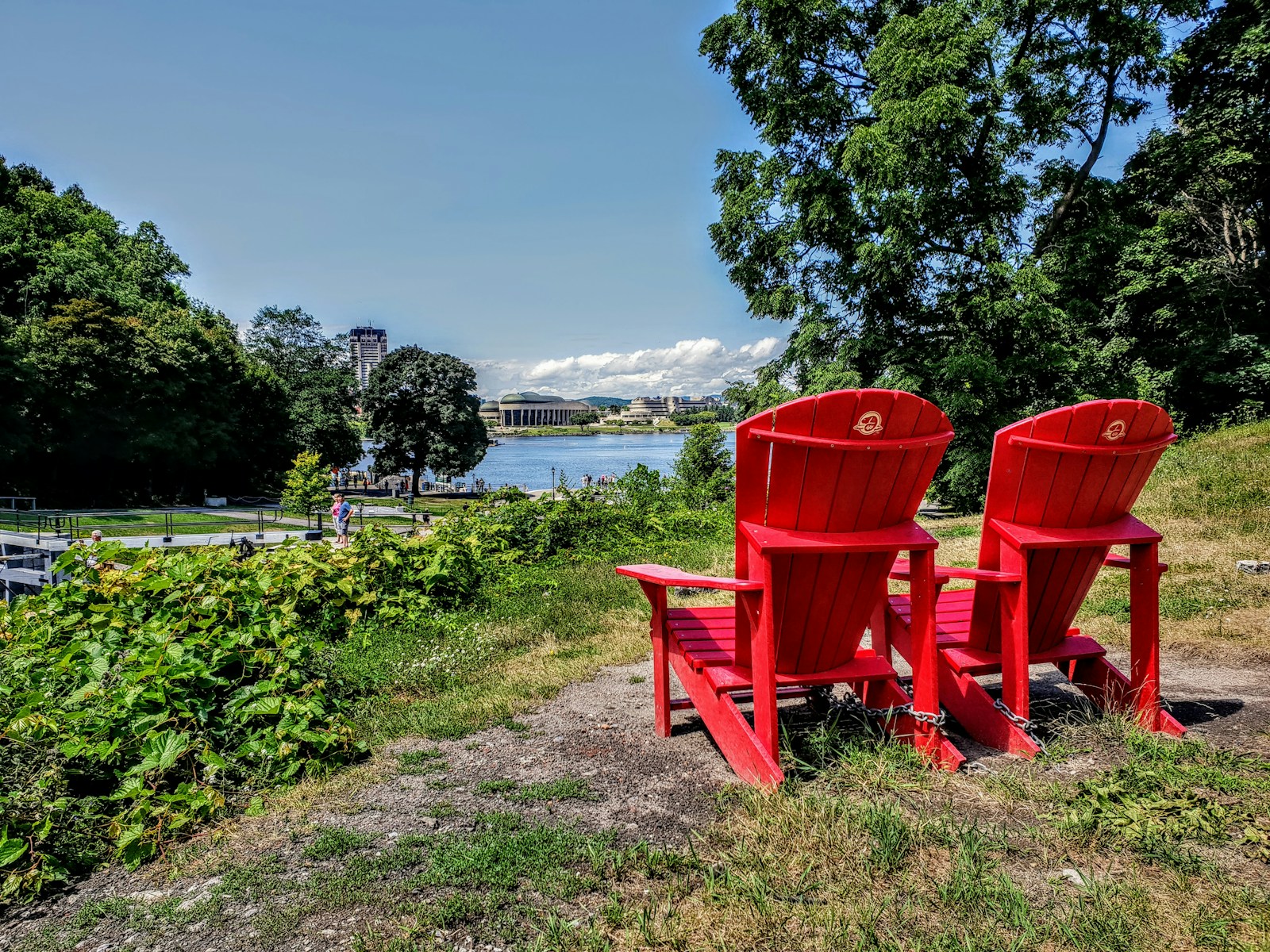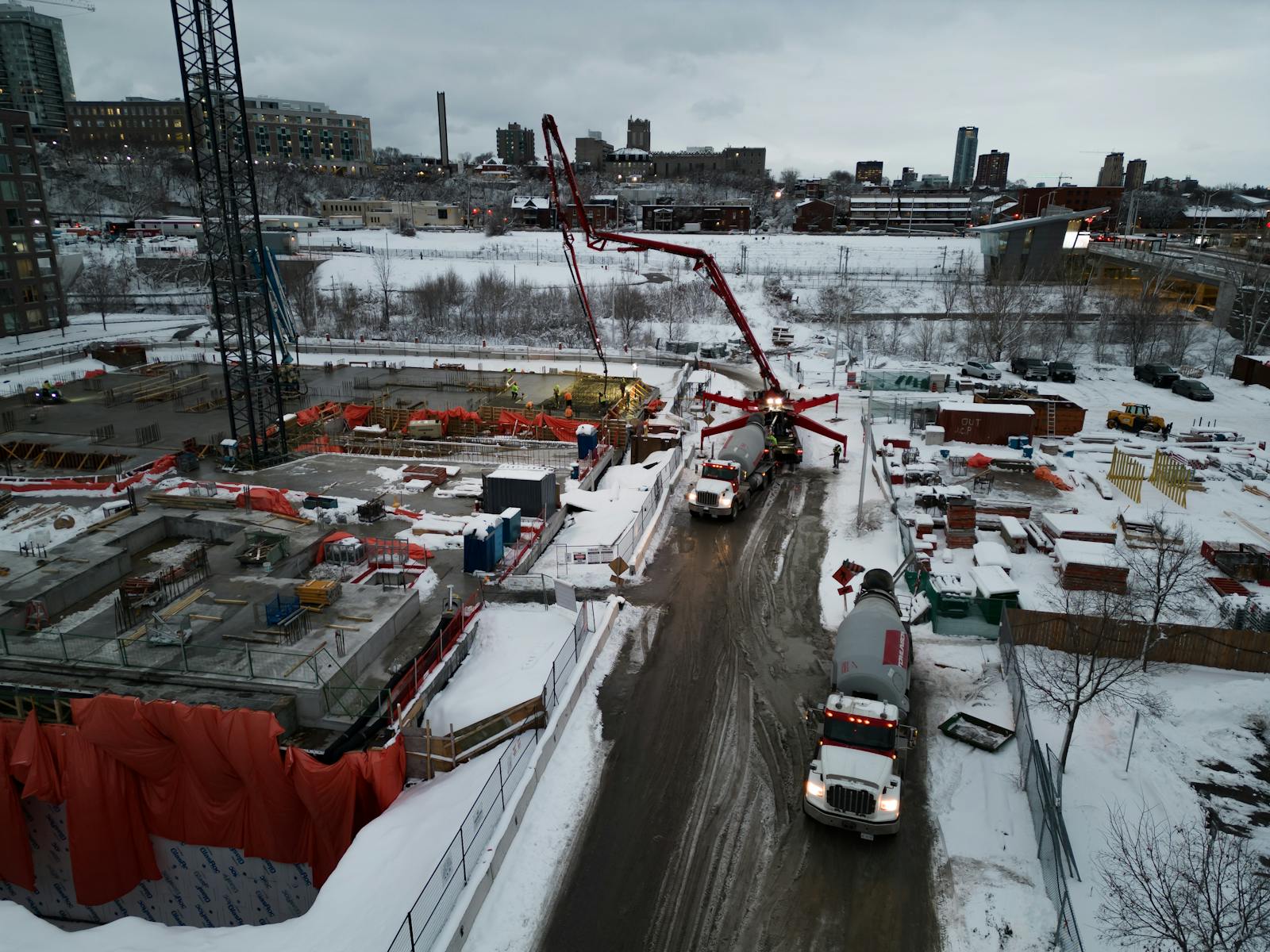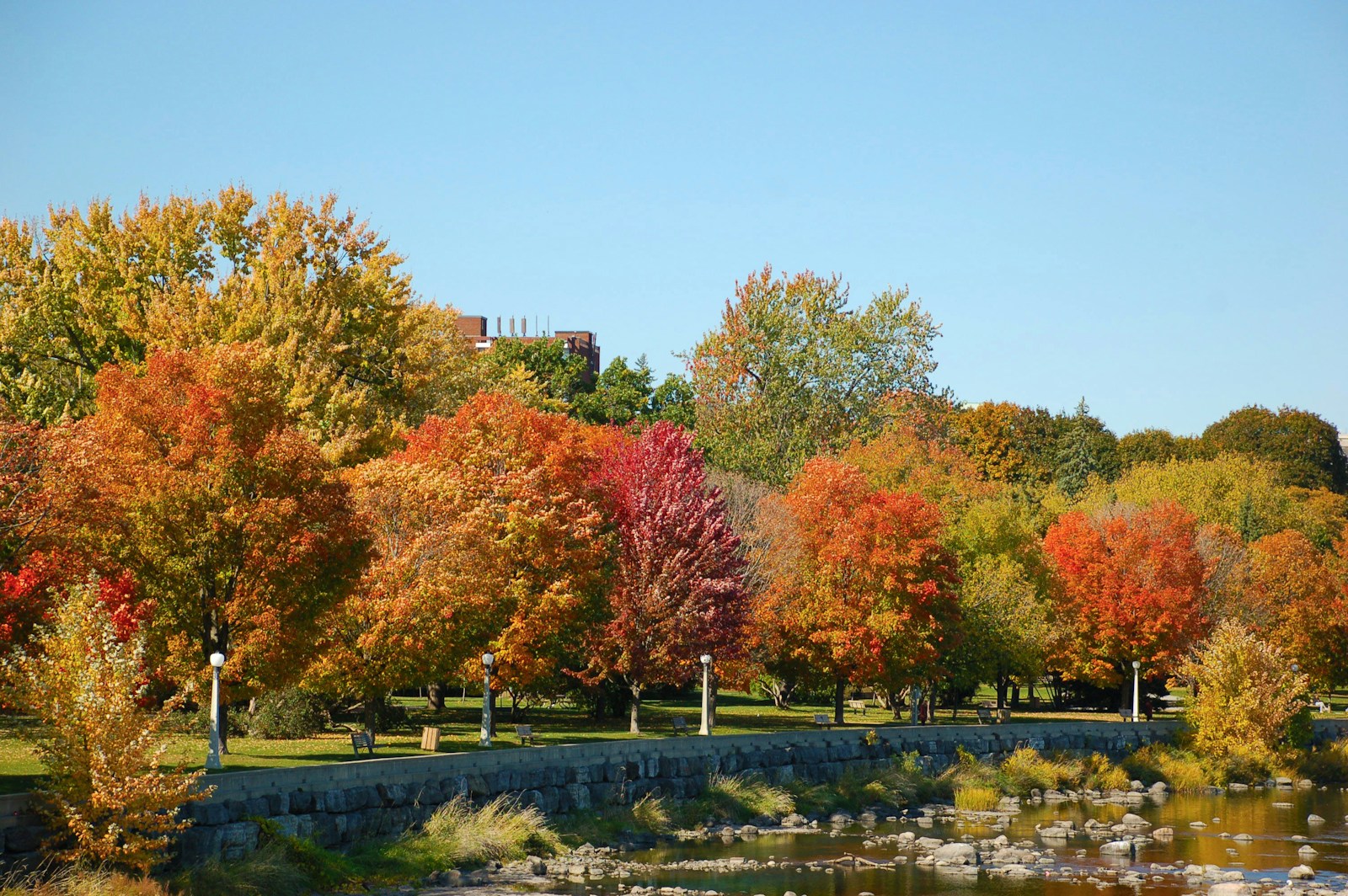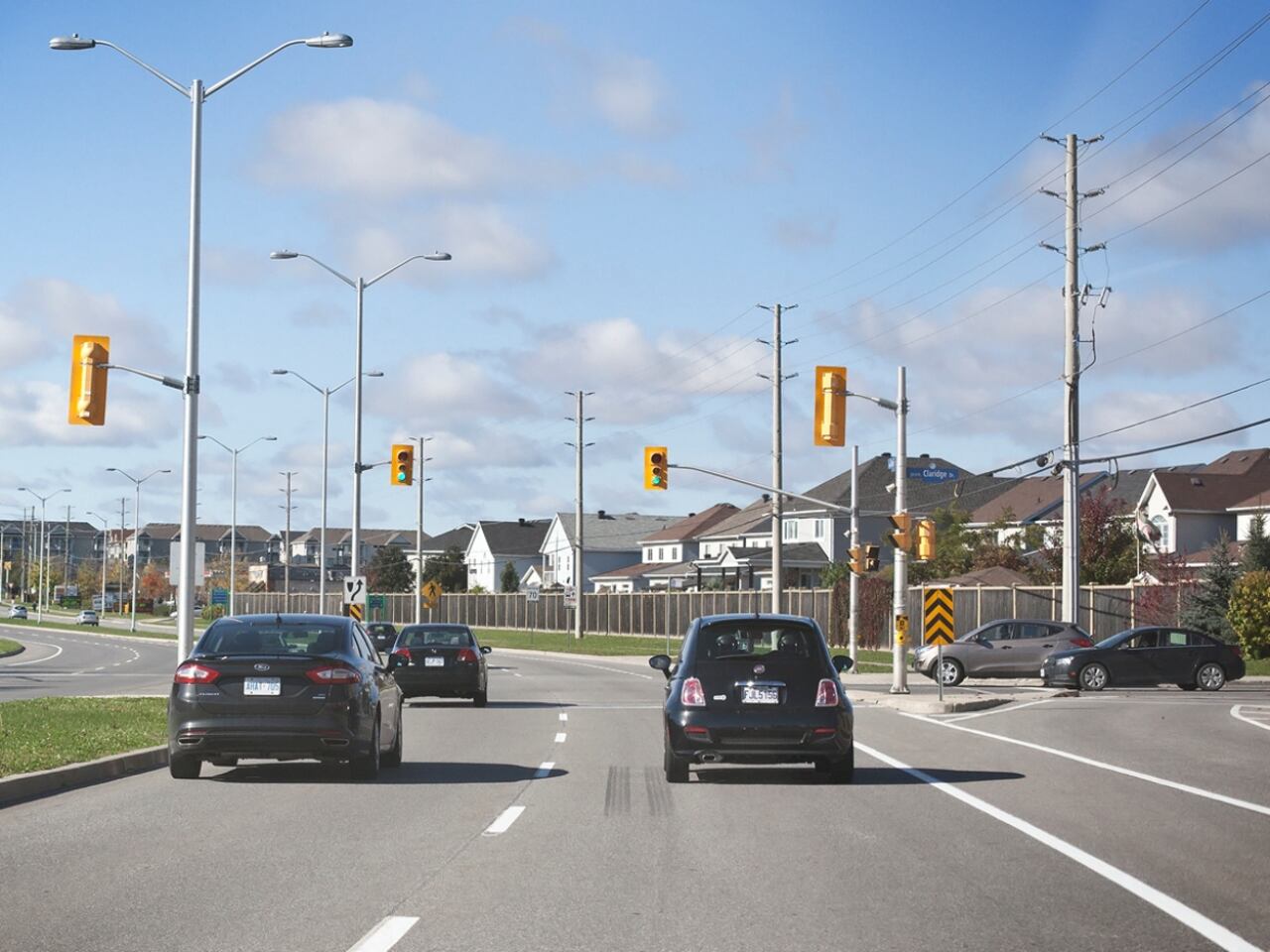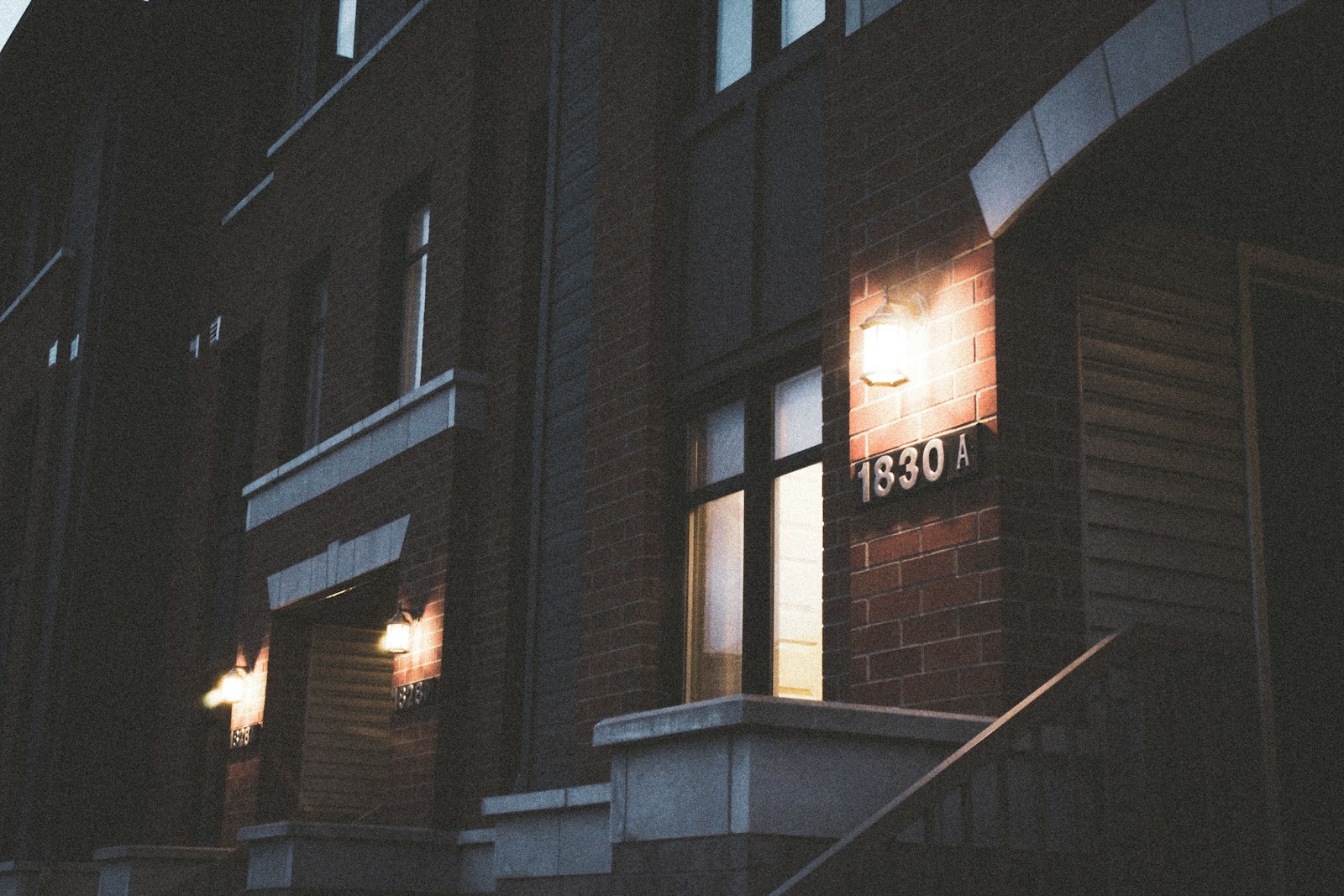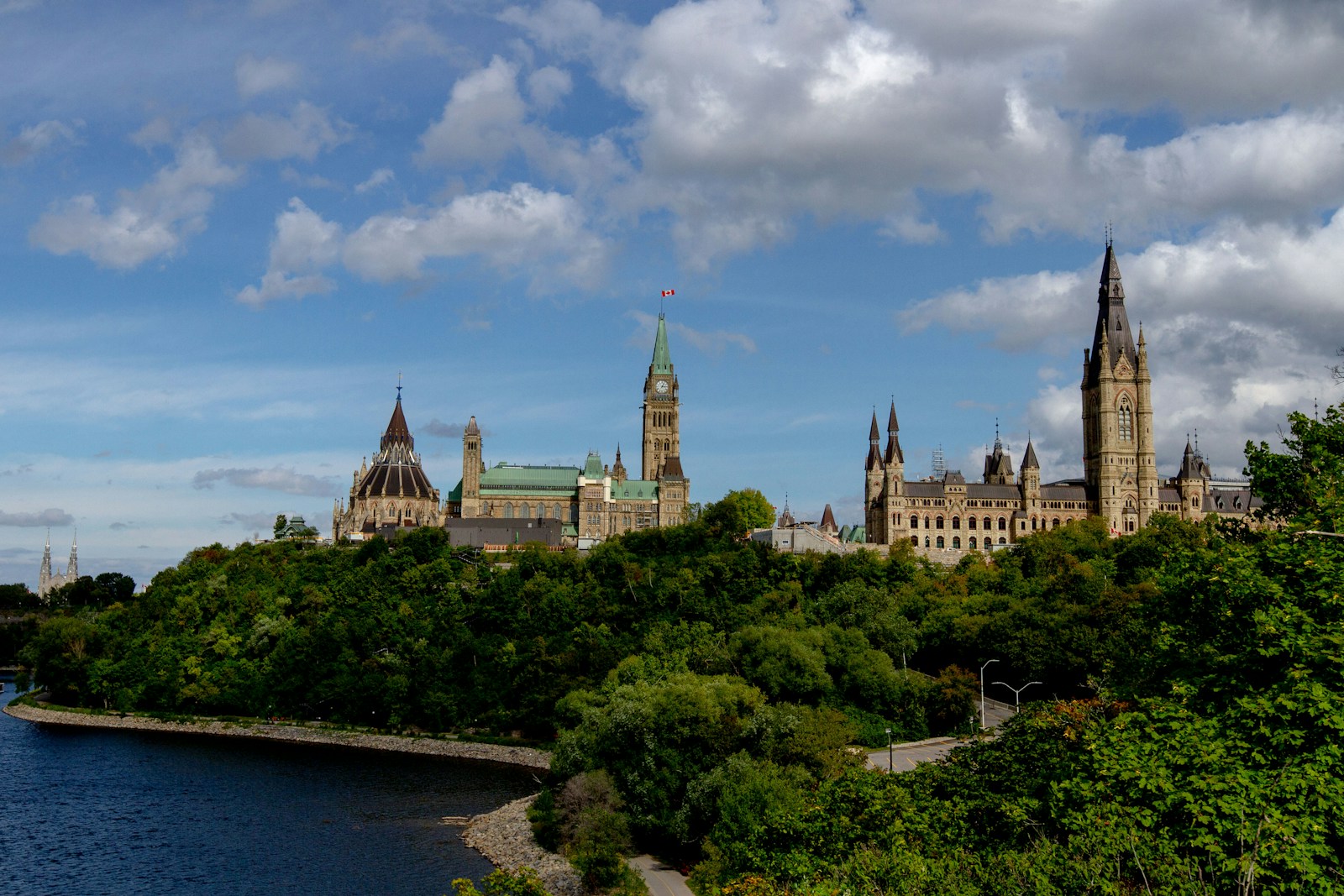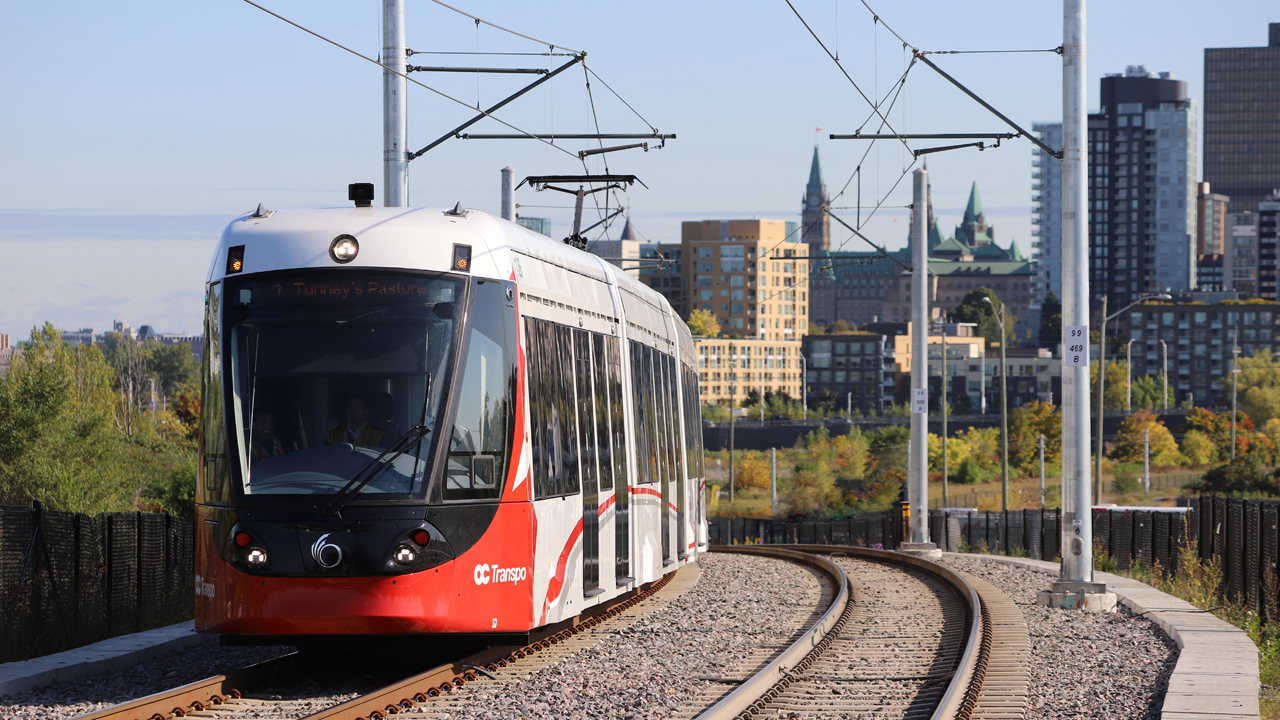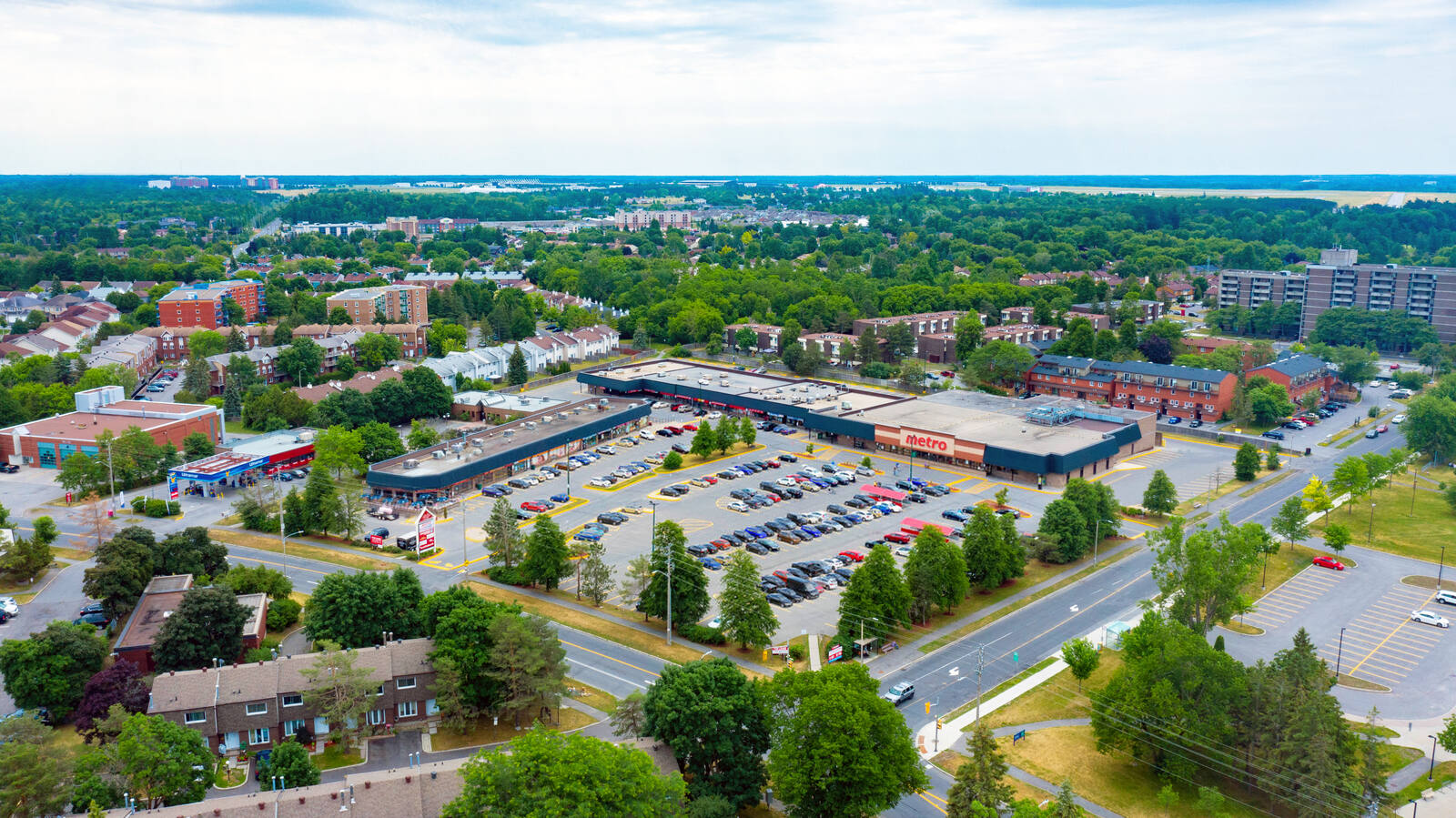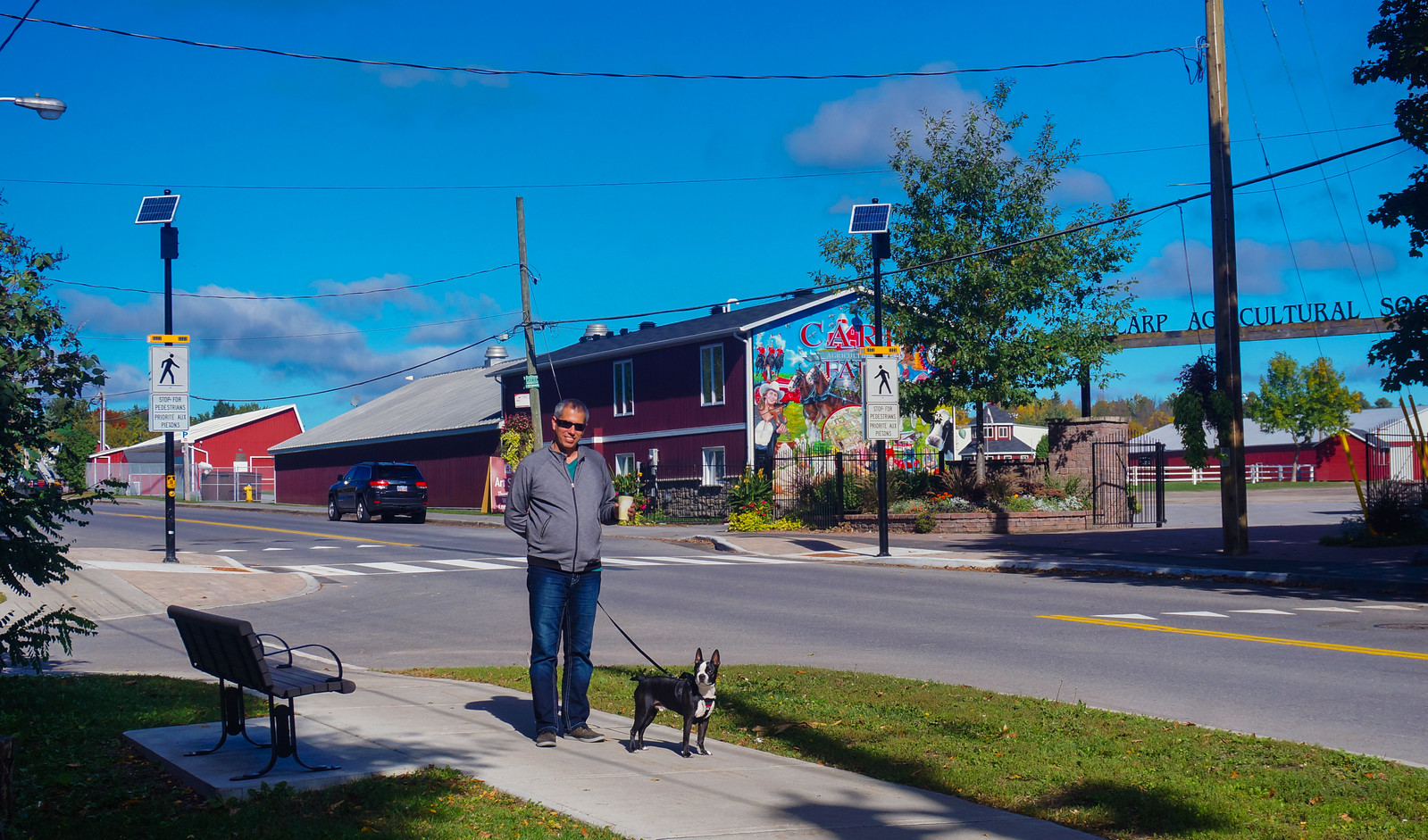Introduction
If you’re planning your retirement and considering where to settle, Ottawa deserves a top spot on your list. The nation’s capital is more than just a government town — it’s a clean, green, and culturally vibrant city that consistently ranks among Canada’s best places to live.
For retirees, Ottawa offers the perfect mix of safety, healthcare access, walkability, and recreation — all wrapped in a friendly, community-driven atmosphere. Whether you’re an active senior looking for biking trails, arts and culture, or peaceful suburban comfort, there’s a neighborhood here that fits your lifestyle and budget.
Let’s explore the best Ottawa neighborhoods for active seniors in 2025, plus key considerations for making the most of your golden years in this beautiful city.
Why Ottawa Is Ideal for Retirement
Ottawa is tailor-made for retirees who want to stay active, engaged, and connected. Here’s why:
Top-notch healthcare: Home to the Ottawa Hospital network and the Heart Institute, with new facilities under development.
Accessible recreation: The city boasts over 800 km of pathways for walking and cycling, along with senior-friendly fitness and cultural centers.
Cultural richness: From the National Arts Centre to neighborhood farmers’ markets, there’s always something to see or do.
Low crime rate & clean air: Ottawa consistently scores high for livability and safety among major Canadian cities.
Bilingual advantage: Ideal for both English and French speakers.
1. The Glebe – Urban Convenience with a Community Feel
For retirees who love being close to the action, The Glebe is unbeatable. Its walkable streets, independent shops, and Lansdowne Park amenities make daily life vibrant and effortless.
Why It’s Great for Seniors:
Easy access to groceries, cafes, and healthcare services.
Scenic walks along the Rideau Canal.
Mix of condos, townhouses, and accessible apartments.
Best For: Active retirees who enjoy urban living and social connection.
2. Kanata Lakes – Suburban Serenity and Greenspace
If you prefer quiet living with access to nature and top-tier amenities, Kanata Lakes offers a suburban paradise. With golf courses, parks, and retail plazas nearby, it’s ideal for those wanting space without isolation.
Why It’s Great for Seniors:
Peaceful setting with wide sidewalks and greenspace.
Close to Kanata Centrum shopping and healthcare centers.
Many bungalows and retirement-friendly townhomes.
Best For: Retirees seeking calm, community-oriented living near family amenities.
3. Westboro – Trendy, Walkable, and Accessible
Westboro blends modern urban life with natural beauty. Seniors love the walkability, access to the Ottawa River Pathway, and the vibrant Richmond Road shopping and dining district.
Why It’s Great for Seniors:
High walk score and LRT access.
Riverfront trails perfect for cycling or strolling.
Many luxury condos with elevators and amenities.
Best For: Active, social retirees who value convenience and culture.
4. Alta Vista – Central Location with a Suburban Feel
Alta Vista is known for its spacious lots, mature trees, and proximity to major hospitals like CHEO and the General Campus — a huge plus for retirees prioritizing healthcare.
Why It’s Great for Seniors:
Quiet residential vibe yet close to downtown.
Excellent healthcare access.
Well-established social and recreational clubs.
Best For: Seniors wanting peace and proximity to services.
5. Orleans – Family-Oriented and Budget-Friendly
East-end Orleans offers excellent value for money, making it a great pick for retirees who want space and affordability. The community’s parks, trails, and bilingual services are major draws.
Why It’s Great for Seniors:
Numerous recreation centers and community hubs.
Affordable single-level homes and condos.
Great transit connections with upcoming LRT expansion.
Best For: Retirees seeking affordability, bilingual culture, and access to family-oriented amenities.
6. Manotick – Riverside Luxury Meets Small-Town Charm
For those craving tranquility and upscale living, Manotick offers riverfront estates, golf courses, and boutique village life. It’s perfect for retirees who love gardening, nature, and quiet luxury.
Why It’s Great for Seniors:
Strong community spirit with local markets and clubs.
Larger homes and bungalows with privacy.
Easy access to both city amenities and countryside charm.
Best For: Retirees wanting a balance of luxury, leisure, and peace.
7. New Edinburgh – Historic Beauty and River Views
New Edinburgh combines history with elegance. Just minutes from downtown, this leafy enclave offers beautiful walking routes, heritage architecture, and a serene pace of life.
Why It’s Great for Seniors:
Walkable to shops, cafes, and the Rideau River trails.
Historic charm and well-kept properties.
Quiet yet close to the city’s cultural core.
Best For: Seniors who appreciate heritage charm and riverside tranquility.
Lifestyle Amenities for Active Seniors in Ottawa
Recreation Programs: The City of Ottawa offers over 500 programs for adults 50+, from yoga to art workshops.
Senior Transit Discounts: OC Transpo provides discounted fares for seniors.
Healthcare & Support: Homecare and medical clinics are well-distributed across all major neighborhoods.
Volunteer Opportunities: From museums to gardens, there are countless ways to stay engaged.
Tips for Choosing the Right Ottawa Neighborhood for Retirement
Prioritize Accessibility – Look for walkable areas with nearby grocery stores, pharmacies, and healthcare.
Consider Transit Access – Even if you drive now, future-proofing your location near an LRT station can make life easier later.
Think Long-Term Comfort – Single-level homes, elevators, and maintenance-free condos are ideal.
Stay Social – Choose a community with senior centers, clubs, or active neighborhood associations.
Budget for Lifestyle – Ottawa’s property taxes and heating costs vary by area, so choose a home that fits your long-term financial comfort.
Final Thoughts
Retirement in Ottawa offers something for everyone — whether you want urban excitement, suburban peace, or riverside luxury. The city’s thoughtful planning, healthcare access, and abundance of recreational opportunities make it one of Canada’s best cities for active seniors.
From The Glebe’s walkable streets to Manotick’s serene riverfront, each neighborhood offers a unique flavor of Ottawa living. The key is to find the one that matches your pace, priorities, and passions — and then enjoy the next chapter in comfort and style.

